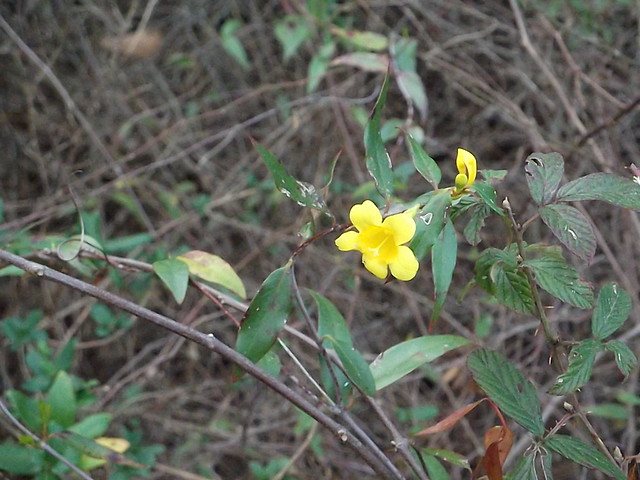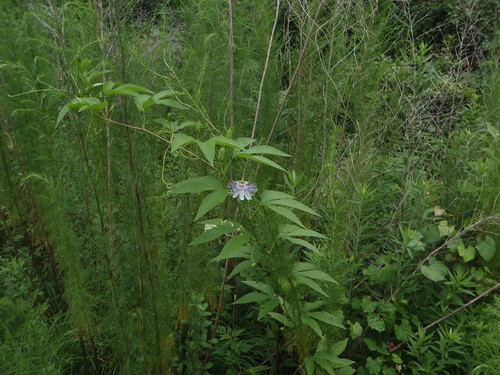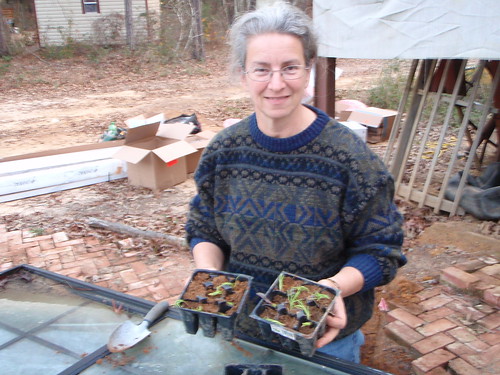France and the EU have already take other actions:“I am alive today, but part of the farming population is going to be sacrificed and is going to die because of this,” Francois, 47, told Reuters.
He and other farmers suffering from illness set up an association last year to make a case that their health problems should be linked to their use of crop protection products.
The Francois case goes back to a period of intensive use of crop-protection chemicals in the European Union. The EU and its member countries have since banned a large number of substances considered dangerous.Maybe we should try that in the U.S. Ban RoundUp, that is. Like Paul François said back in December aboout Lasso,Monsanto’s Lasso was banned in France in 2007 following an EU directive after the product had already been withdrawn in some other countries.
France, the EU’s largest agricultural producer, is now targetting a 50 percent reduction in pesticide use between 2008 and 2018, with initial results showing a 4 percent cut in farm and non-farm use in 2008-2010.
As Yves Calvi wrote for RTL.fr 12 December 2011,Monsanto knew they had a problem with this product.
Because of the dangerousness of these products, in the country, nobody says anything, it’s omerta! Why such a vow of silence? The pressure of lobbyists is strong according to Paul François. He says the dangers of pesticides may be as important as those of asbestos.I would say worse, because asbestos doesn’t usually drift across the road onto you, and isn’t deliberately applied to most crops, unlike RoundUp.
It’s time to break the silence, so we won’t have so many farmers and children and other people being made sick by pesticides.
-jsq













